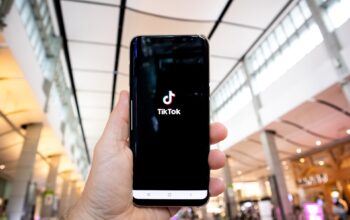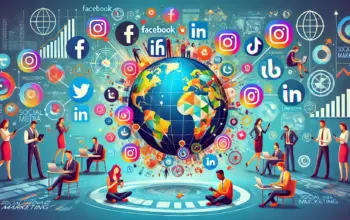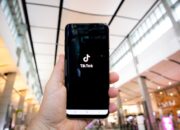Uzone.id – Social media challenges are addictive and for teenagers–who most likely are FOMO, joining social media challenges is mandatory. That’s why challenges on TikTok, Instagram and other social media are like wildfire—they spread quickly across the platforms.
Some challenges are engaging, exciting, fun and harmless, such as make-up challenges, Mannequin challenge, Get Ready with Me (GRWM) challenge, TikTok Made Me Buy It, etc.
But on the other side, it can be risky and potentially dangerous. For teenagers, who are driven by social validation, these challenges are like their act of provement and flexing. They want to show off about themselves and how brave they are to join these dangerous and threatening challenges.

“Teenagers are in a phase where peer approval is incredibly important. Social media challenges tap into their need for acceptance and popularity, which can sometimes lead them to take unnecessary risks,” said Dr. Emily Watson, a child psychologist.
That’s why, you should acknowledge that there are hidden dangers in social media challenges and you should understand why they can be more harmful than they seem. Here’s some of them.
Leading to serious injuries—or death.
Some challenges involve act and stunt that can lead someone to harm their body, even some cases could lead a person to serious injuries.
Take the infamous Tide Pod Challenge where participants bite into laundry detergent pods, or the choking game or “blackout” challenge, the Benadryl challenge or the one-chip challenge that could end someone’s life because of injuries, poisoning, severe burns, and hospitalizations.
Based on Bloomberg Business in November 2023, the blackout challenge had been linked to the deaths of at least 15 kids aged 12 or younger in 18 months.
Teen’s mental health is in danger
We all know that teenagers are driven by social validation especially on digital platforms. The pressure and the need to participate and succeed in these (dangerous) challenges can take over a teen’s mental health.
The American Psychological Association wrote that teenagers who frequently engage in risky social media behavior such as dangerous challenges are more likely to experience anxiety and depression.
It’s not about body and physique anymore but also the mental health of teenagers that’s in serious danger.
Teen’s personal data is in danger too
Participating in challenges means that you have to share personal information or footage online. You should put yourself in a video and share publicly in social media–to get attention.
This is the goal, but at the same time this can lead teenagers to privacy breaches and unwanted attention. For now, teens might not realize the long-term implications of their digital footprint, but little did they know, it can put them in danger in the future.
“What seems like a fun video today can have repercussions in the future,” said Cybersecurity expert James Miller.
Cyberbullying
Bullying is not a physical thing anymore, it can be harsh comments spreading rumors, or even just as simple as memes. The failure to participate in a challenge can put teenagers in online bullying.
They may face negative and harsh comments because they failed to do the challenge, which can harm their mental health and self-esteem.
So, how to stay safe in social media and not be involved in dangerous challenges?
Setting your boundaries
Setting clear guidelines about social media can help you get out from these trends. You can manage what’s okay to share or what isn’t with your parents. You can ask them about the challenges, or you can search the risks of the challenges.
Educate yourself
You can openly educate yourself with parents and educators about the potential dangers of social media challenges. Open discussion can help you be informed about the positive and negative risk of the challenges or trends you watch on social media.
“Encouraging critical thinking and discussing the risks can empower teens to resist peer pressure,” said an expert.
Find other positive activities.
Social media is not only about challenges. You can still engage in safe, positive activities online like joining the communities, or creative content about what you’re interested in, and participating in educational contents.
Parent’s role is needed
For parents, they still have a role and task to do when their kids are online. They should keep an eye on their children’s online activities. Tools like parental controls can help manage what teens are up to in social media.
For teenagers, especially Gen Z and Gen Alpha, social media challenges can be a double-edged sword, it can be fun but also put them at a significant risk. That’s why understanding these dangers and promoting safe online behavior can help teenagers navigate the digital world more responsibly.
















